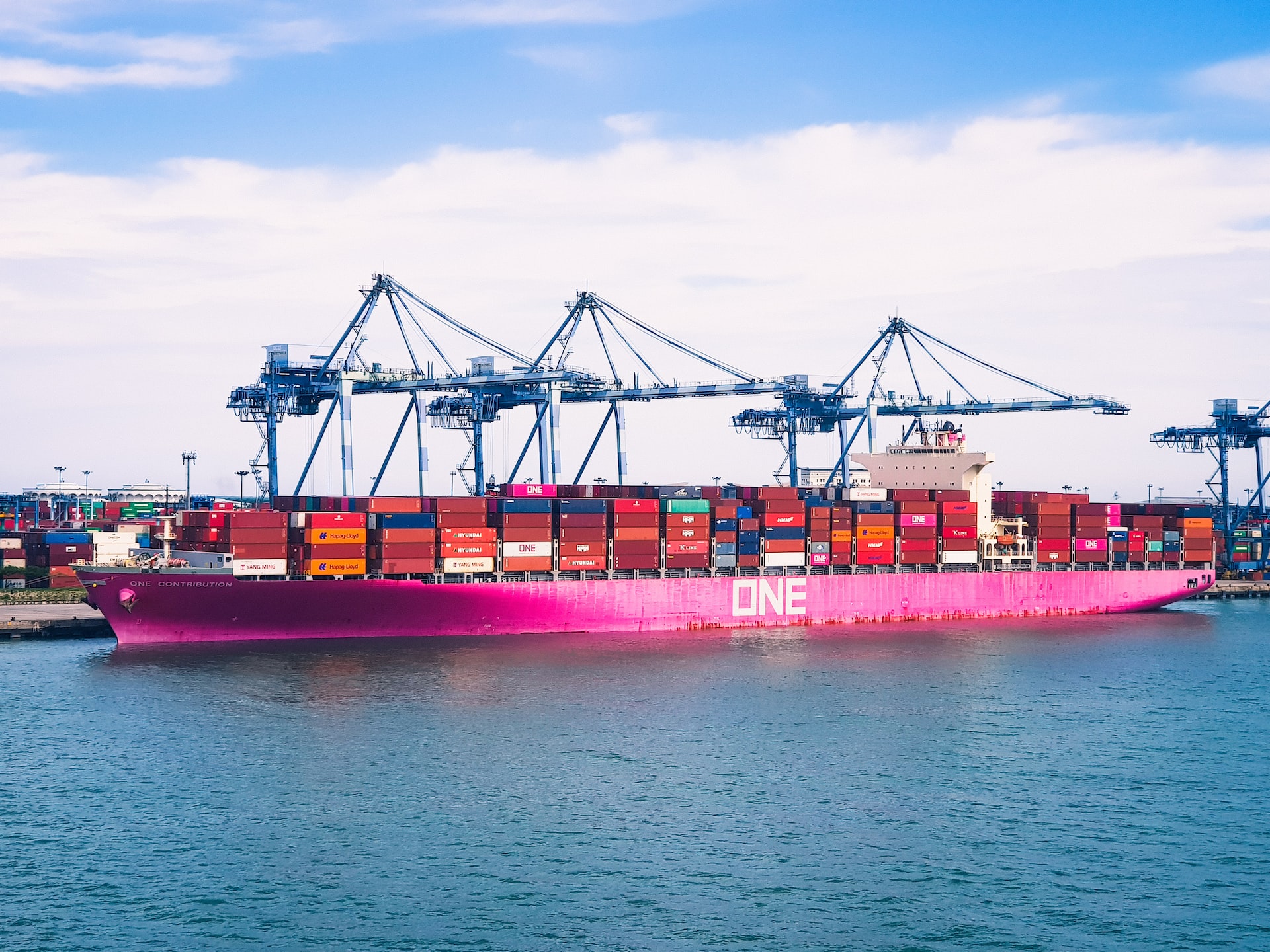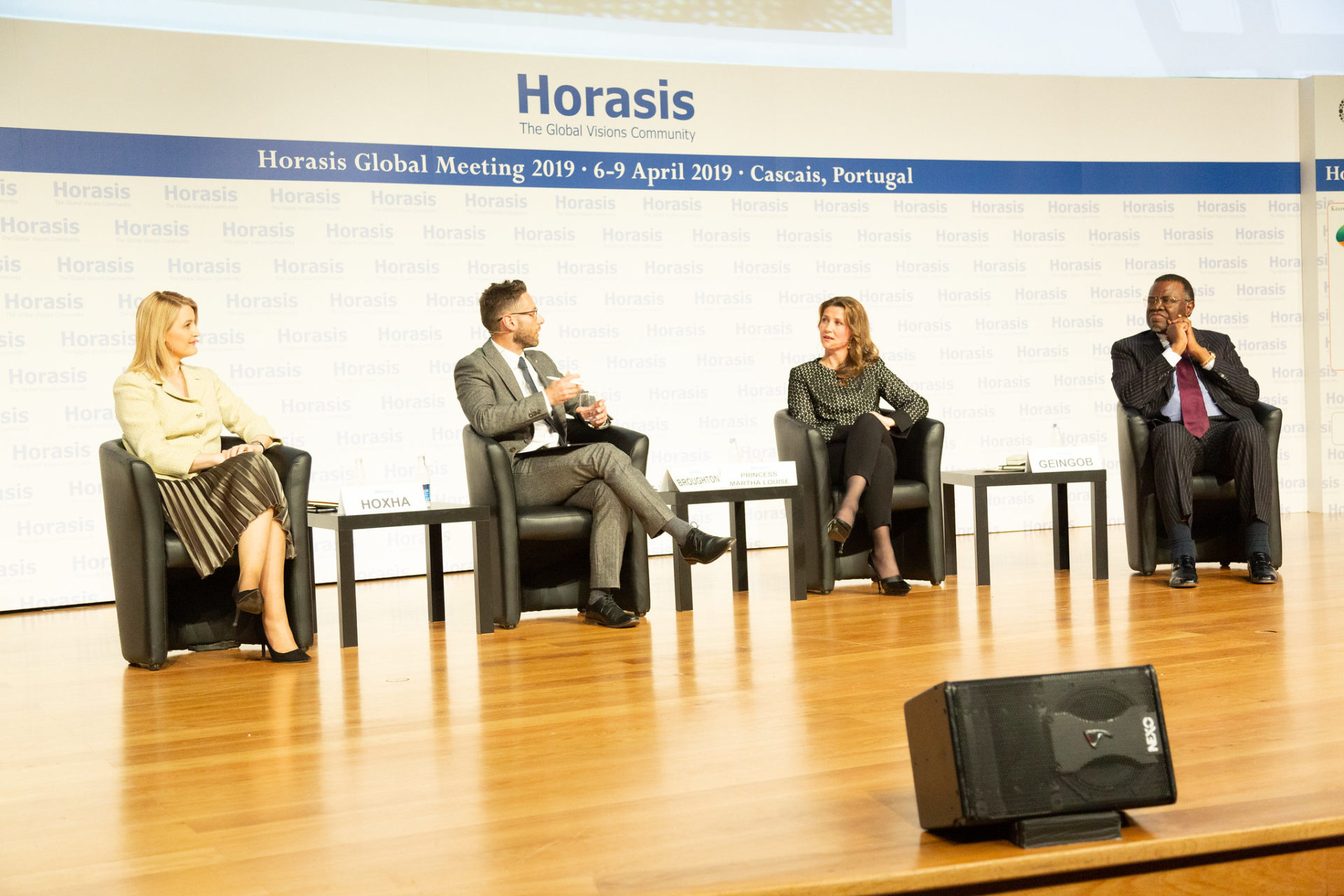Asia’s Flux – Across Several Fronts
Asia is reeling through a series of flux. It all started with former US President Trump’s taxation of Chinese products entering the US. The barrage of trade tariffs being imposed by each country on another has considerably lowered growth prospects of businesses on both sides.
US-China trade tensions greatly impacted global value chains, and other auxiliary industries and countries that depended on this supply chain to function seamlessly. It greatly increased prices of products on both sides.
The double whammy came with COVID-19 in the start of 2020. China was the epicenter of the virus, which meant that Asian economies already reeling with lowered growth prospects, now had an uncertain health crisis to deal with.
The rest is history; and now the region is ever more threatened with the ongoing impacts of the pandemic; followed by geopolitical tensions in the region and rising inflationary prices; coupled with the rising need to control its carbon emissions. How can Asia overcome these issues? This forms the crux of one of the themes being discussed in the upcoming Horasis Asia Meeting, being held between 20 to 21 November in Kitakyushu, Japan. The event will host 400 of the foremost business and political leaders from across Asia and the world, as they discuss ways to revitalize Asia’s economy in building a resilient post-COVID Asia.
Pre-COVID Tensions
The advent of the US-China trade tensions, brought with it great uncertainty for businesses and jobs that depended on fruitful trade between China and the US. The US still remains the single largest importer of Chinese products. In 2018, US imported goods worth US$479.70 billion, making up about 19.2% of the overall exports made by China that year. This clearly depicts how important the US is for the Chinese economy.
The trade war that began in July 2018 has eventually led to tariffs on some US$550 billion of Chinese goods and US$185 billion of US goods.
The inflow of capital and investments has somewhat been disrupted after this. But some believe that where China’s attraction has lessened, countries in Southeast Asia are now becoming increasingly attractive to investors and businesses planning to set base in the region.
Companies are increasingly looking to invest in countries such as the Philippines, Singapore and Vietnam. Vietnam’s foreign direct investment (FDI) has grown by 16.3% from a year earlier to US$15.4 billion between January-September of 2022. In the long-term Vietnam’s FDI is expected to reach US$25 billion in 2023 and US$27 billion in 2024.
The Pandemic Debacle
The onslaught of the pandemic has further impacted Asia’s growth prospects. The pandemic-induced supply chain disruptions greatly impacted the movement and supply of goods. COVID-19 induced border lockdowns and health impacts led to many businesses shutting across the region.
Household incomes also reduced, greatly impacting the spending, and purchasing power in the region. The region is still reeling from the economic lull witnessed in the first year of the pandemic. Many believe that it will take a decade or more for the region to emerge stronger from this crisis.
But we have started to see glimmers of hope. The internet economy is one such prospect that stands to greatly improve Asia’s economic standing. Digital consumption rose significantly, particularly in Southeast Asia, adding 60 million consumers since the start of the pandemic. And the report from Google estimates the internet economy to reach about US$360 billion by 2025.
Asia’s Short- and Long-Term Future
The world is reeling from high inflationary prices and Asia is not cushioned from it. The Asian Development Bank has raised the region’s inflation to 4.5% for 2022 and 4% for 2023. This has also led the multilateral bank to revise Asia’s growth to 4.3% for 2022 and 4.9% for 2023.
But experts believe that Asia’s inflation is still under control compared to that of other regions such as the US and Europe. “Asia’s average inflation peaked at 5.5% and it’s already down by about half a percent from that peak levels — and that compared with the U.S., which peaked at 9%, and in Europe, which is also around 8.5% and 9%,” said Chetan Ahya, chief Asia economist at Morgan Stanley. Mr Ahya further states that inflation will come under control in the region owing to goods demand in the US returning to normalcy.
The Russia-Ukraine war has also divided the international community, with all eyes on China that has yet to come out with a definite stance on Russia. This puts China on a thin ice with Western powers, especially Europe and the US that have imposed heavy sanctions on Russian oil, gas and businesses.
Asia will need to also come together in fighting against the pandemic by ensuring a sustainable vaccine distribution system. This collaboration should ensure equity in distribution of vaccines and availability of it where it is needed the most in the region. This will greatly improve the chance of the region to emerge quickly from the pandemic crisis.
The Horasis Asia Meeting follows on the heels of the Horasis India Meeting, held between 25-26 September 2022 in Vietnam. The India Meeting was attended by 400 leaders from both the business and government diaspora. To learn more about the event, click here.
Photo Caption: Port Kelang in Malaysia




